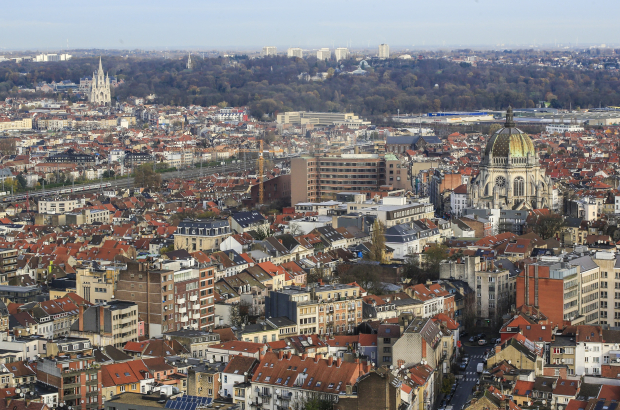- Daily & Weekly newsletters
- Buy & download The Bulletin
- Comment on our articles
How poor is your commune? Income index shows loss of middle-class
Brussels’ poorest municipalities are getting poorer, while the region as a whole is well below the national average for incomes. That is the conclusion of the latest Prosperity Index, published by the federal economy ministry.
The index collects the average income in every Belgian city and town. Those figures then provide national and regional averages. To make areas easier to compare, a number is associated with income levels, with the national average figure being 100.
The Brussels-Capital Region is at 78, or 22% below the national average. While the figure may come as a surprise considering that the capital is also home to the highest-paying jobs in the country, figures are based on earnings of residents. Many of Brussels’ biggest earners don’t live in Brussels.
While Brussels has been below the national average since the 1970s, it took a dive from 84 to 78 between 2005 and 2014. For the last four years, however, it has remained stable, which is even better news than it seems, says VUB sociologist Patrick Deboosere.
“Over the last few years, many people with very low incomes have come to Brussels,” he told Bruzz. “Consider the refugees, for instance. But still, the income figure has not decreased.”
For richer or for poorer
But in the period, it’s the middle-class communes that were hardest hit. Ganshoren, for instance, use to be above 100, but has fallen 17 points to reach 84 now. Berchem-Sainte-Agathe similarly fell 16 points, landing at 86.
According to current figures, the poorest municipality in Brussels is, by far, Saint-Josse at 50. In 2005, it was 52. Other low-income communes are Molenbeek (57) and Anderlecht (64), both in much worse shape than the 2005 figures, which were 64 and 77 respectively.
The richest commune, meanwhile, is Uccle (113), followed by Woluwe-Saint-Pierre (112) and Watermael-Boitsfort (109). While the first two have remained relatively stable, Watermael-Boitsfort has decreased quite a bit since 2005, when it was 115.
Deboosere points out that there are many factors at play when it comes to income levels. “Many students live in Ixelles and Sint-Gillis, and if they stay after they graduate, they raise the income levels there. In Saint-Gilles, we’ve seen this process going on for a longer period of time, and now they are in their 30s and 40s and earn more. So the profile of the municipality has changed.”
Ixelles, by the way – also home to many expats – is at 90. Saint-Gilles is at 71, up six points from 2005. The most-populated municipality, Brussels-City, is at 70.
Photo: Thierry Roge/BELGA















